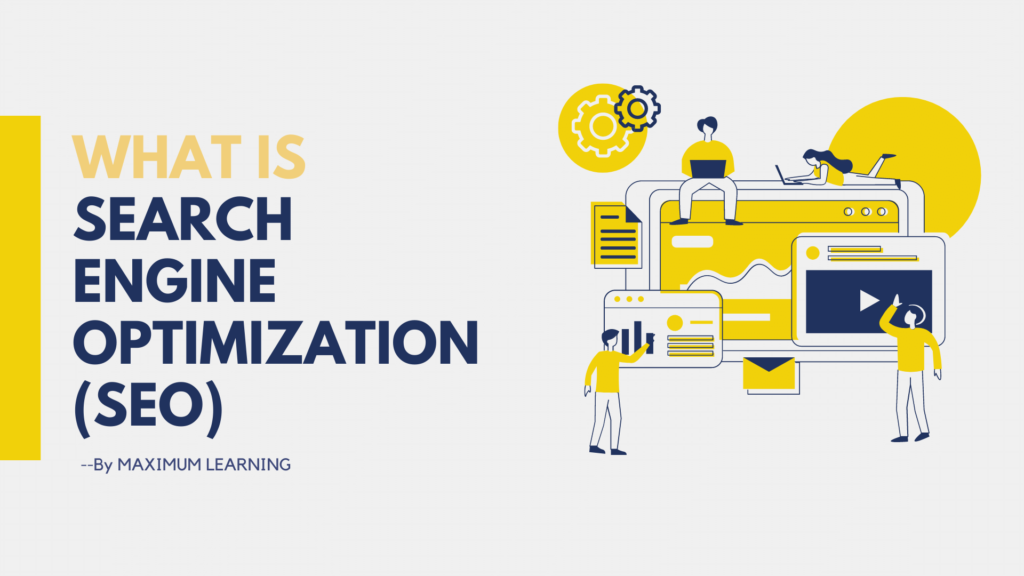In the dynamic landscape of today’s professional world, stress has become an unwelcome companion for many individuals navigating the demands of their workplaces. However, amidst the hustle and bustle, there exists a potent tool capable of transforming stress into a catalyst for productivity – mindfulness. In this comprehensive blog post, we’ll delve deeper into the transformative power of mindfulness and its profound impact on enhancing the workplace experience.
At its core, mindfulness is the art of being fully present and engaged in the current moment, devoid of judgment. It encompasses cultivating a heightened awareness of our thoughts and feelings, enabling a better comprehension of our reactions to workplace stressors. By embracing mindfulness, individuals can equip themselves with invaluable tools to navigate and manage the pressures inherent in professional environments.
Mindfulness in the Workplace:
Reducing Stress:
Workplace stress, though inevitable, can be effectively managed through mindfulness practices. Techniques like meditation and deep breathing serve as powerful tools to help employees alleviate stress, fostering a composed and collected demeanor when confronted with workplace challenges.
Enhancing Focus:
Mindfulness serves as a cornerstone for improving concentration and attention. Regular practice aids in training the mind to remain in the present moment, leading to heightened focus among employees. Consequently, this increased attentiveness results in elevated levels of productivity and efficiency in their tasks.
Promoting Emotional Well-being:
The practice of mindfulness fosters a positive outlook towards workplace challenges, thereby cultivating emotional resilience. This outlook paves the way for a more harmonious work environment where colleagues support each other through difficulties, fostering a culture of empathy and understanding.
Transforming Stress into Productivity:
1. Mindful Breathing Techniques:
Encouraging employees to take brief breaks during their workday to practice mindful breathing for stress relief can significantly impact stress levels. This simple yet powerful technique helps reset the nervous system, promoting a sense of calm and reducing workplace-induced stress.
2. Mindful Workstation Practices:
Implementing mindfulness workspace design within the physical workspace involves creating designated areas for brief meditation or quiet reflection. These spaces allow employees to recharge and return to their tasks with renewed vigor and a fresh perspective.
3. Mindful Communication:
Teaching employees the art of mindful communication for team building involves active listening and thoughtful responses. This practice fosters better understanding and collaboration among team members, significantly reducing workplace tension and fostering a more cohesive work environment.
4. Mindfulness Apps and Resources:
Introducing mindfulness apps and resources to employees provides valuable support for their individual journeys. Applications like Headspace or Calm offer guided meditation sessions that seamlessly integrate into daily routines, promoting mindfulness apps for workplace well-being.
In the relentless pace of the modern workplace, the potency of mindfulness cannot be overstated. By seamlessly integrating mindful practices into their daily routines, employees possess the ability to transform stress into a catalyst for productivity. Embracing mindfulness not only benefits individuals by enhancing their well-being but also contributes to the creation of a positive and collaborative work environment.
Consistency in practice is the key to success. Encouraging teams to incorporate mindfulness into their daily routines can yield transformative results, witnessed through enhanced focus, heightened creativity, and amplified workplace satisfaction. As organizations embark on the journey towards a more mindful workplace, every individual stands to reap the myriad rewards it offers.




